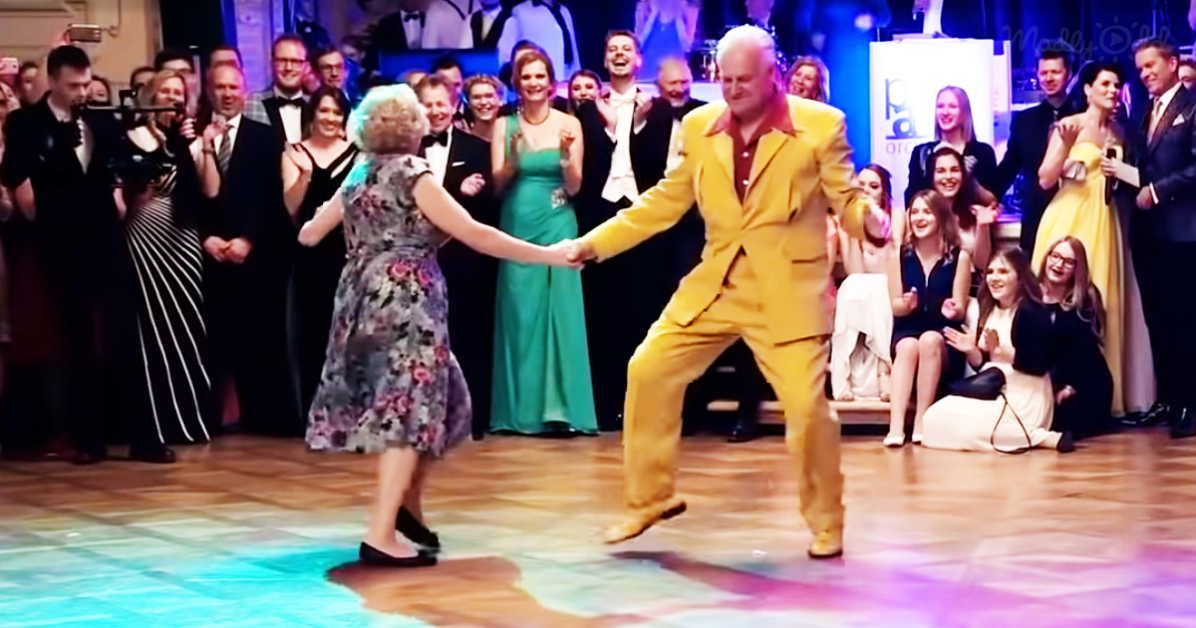“Self-love means giving yourself what your body, brain, and soul need for the marathon that is life.” - Andrea Brandt, PHD, MFT.
Discover how you show yourself love, simply by dancing.
Dance Brings You Joy
Physical activities, such as dance, release chemicals in our brain that promote happiness and well-being (Aktas, G., & Ogce, F., 2005), improves mood, anxiety and fatigue (Borne, 2022). When you step inside the dance studio and start moving, know that the joy you feel is actually chemicals in your brain reacting and reinforcing your emotional health.
Dance Improves Self-Confidence
Dance is an outlet for expression, storytelling, and human connection, the driving forces behind why so many of us can’t get enough of it. Time and time again, research has linked increases in self-esteem and coping with dance. “[In dance] beneficial effects were found related to the emotional dimension, as well as physical, social and spiritual dimensions. In addition, the positive benefits were also linked to self-esteem and coping strategies” (Quiroga Murcia, C., Kreutz, G., Clift, S., & Bongard, S.). Experiencing a wide spectrum of emotions helps us to focus on ourselves, move our bodies, and be present, which allows us to express ourselves and embrace what makes us unique.
Dance Takes Care of Your Brain
Dance enriches the brain: researchers suggest that exercise and challenging the brain simultaneously can help build new brain cells (Kempermann et al., 2010). Exercise and a mental challenge have also been shown to create permanent, positive changes in our brains in as little as six months (Rehfeld et al., 2018). As we age, there is a decrease in communication between the left and right sides of the brain, which is linked to reduced mental speed and clarity. Dance training programs have created enlargements in this area of the brain, further implying that multiple areas of our brain are challenged to communicate with one another as we dance (Rehfeld et al., 2018). Look at you, staying sharp, just by dancing!

Dance is Dependable
The exercise benefits of dance are numerous and span each body system. We have an entire blog on this, though we’ll outline a few of our favorites: dance creates improvements in flexibility, muscular strength, endurance, balance and posture (Alpert, 2004). Creating meaningful change within our bodies through the physicality of dance even provides us the opportunity to prevent negative health outcomes later in life.
Choosing physical activities that we enjoy become more sustainable forms of exercise that we can commit to; dance has been shown to improve adherence to exercise simply because most people find it more enjoyable than running on a treadmill—we can definitely get behind that! Creating community, social interaction, and having fun are all elements of ballroom dance that contribute to you sticking with dance for longer periods of time (Levinger et al., 2021).
Dance brings you joy, improves your self-confidence, and gives special care to your brain and body. Remember that each time you step on the dance floor, you’re taking regard for your own health and happiness. Way to show yourself some self love, we’re so proud of you!
Alpert, P. T. (2011). The health benefits of dance. Home Health Care Management & Practice, 23(2), 155-157.
Aktas, G., & Ogce, F. (2005). Dance as a therapy for cancer prevention. Asian Pacific Journal of Cancer Prevention, 6(3), 408.
Levinger, P., Dunn, J., Panisset, M., Haines, T., Dow, B., Batchelor, F., ... & Hill, K. D. (2021). The ENJOY Project: Usage and Factors to Support Adherence and Physical Activity Participation. Translational Journal of the American College of Sports Medicine, 6(3), 1-6.
Rehfeld, K., Lüders, A., Hökelmann, A., Lessmann, V., Kaufmann, J., Brigadski, T., ... & Müller, N. G. (2018). Dance training is superior to repetitive physical exercise in inducing brain plasticity in the elderly. PloS one, 13(7), e0196636.
Kempermann G, Fabel K, Ehninger D, Babu H, Leal-Galicia P, Garthe A, et al. (2010) Why and how physical activity promotes experience-induced brain plasticity. Frontiers in neuroscience 4(189): 1–9.
Quiroga Murcia, C., Kreutz, G., Clift, S., & Bongard, S. (2010). Shall we dance? An exploration of the perceived benefits of dancing on well-being. Arts & Health, 2(2), 149-163.


